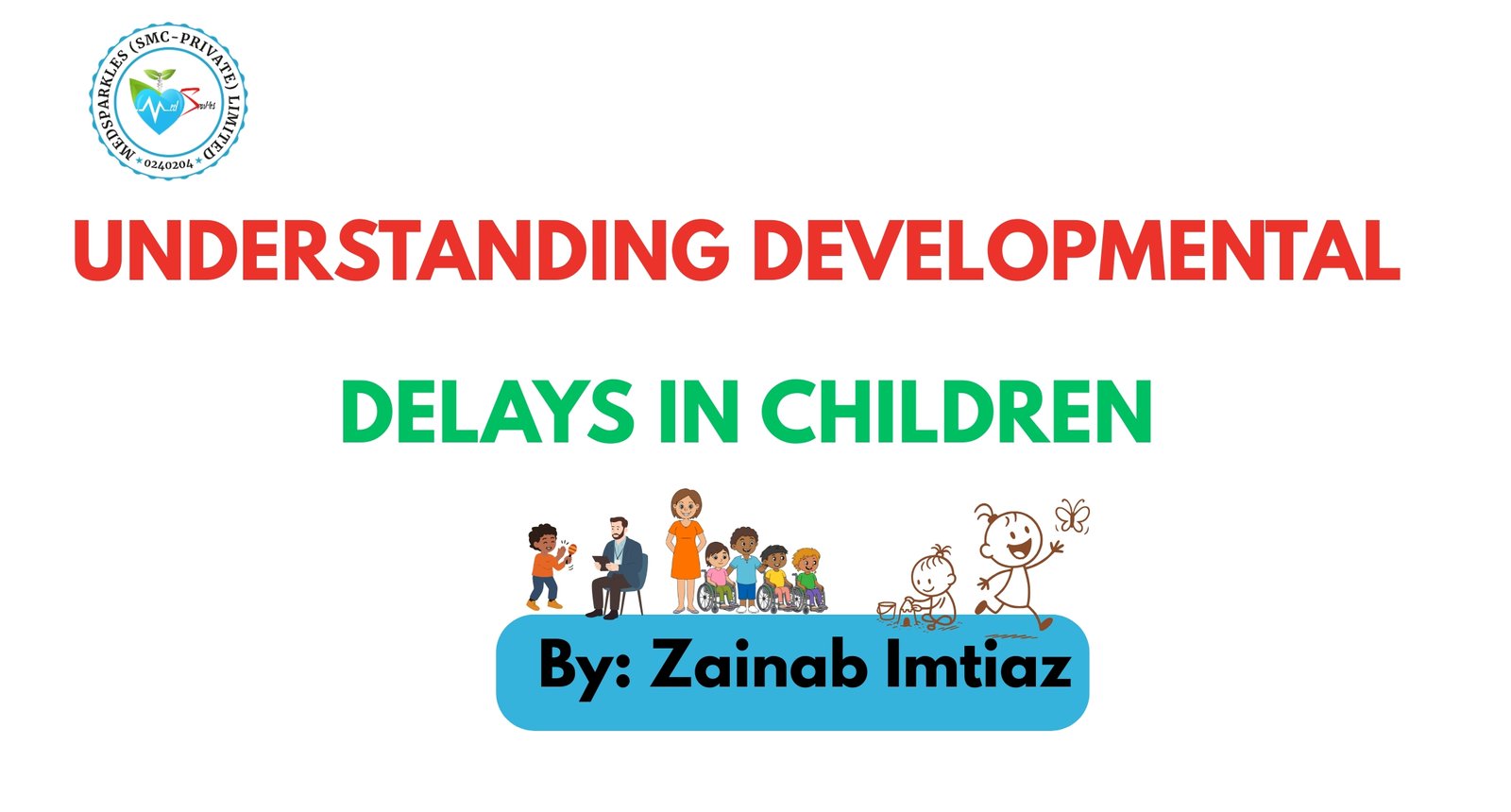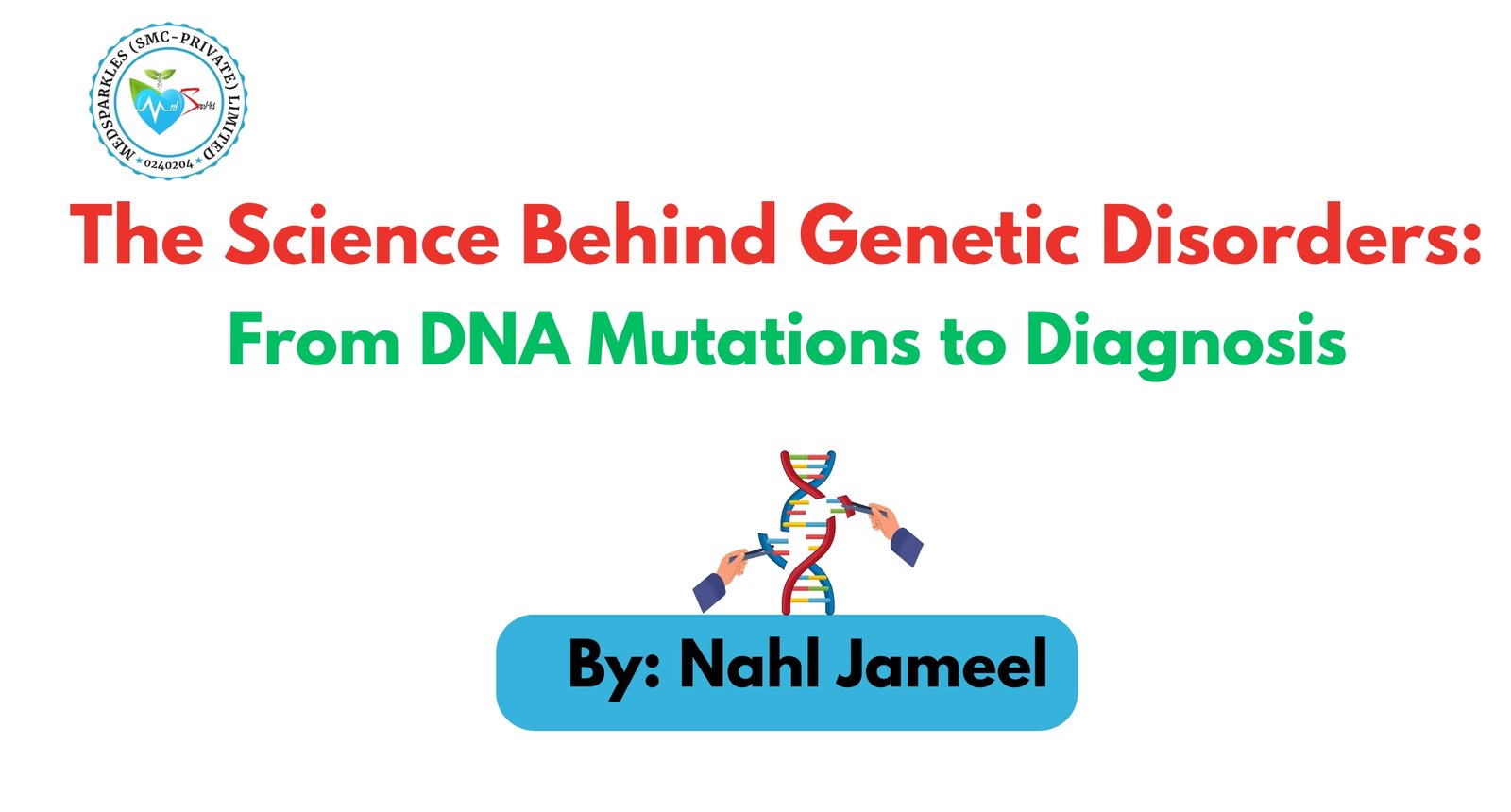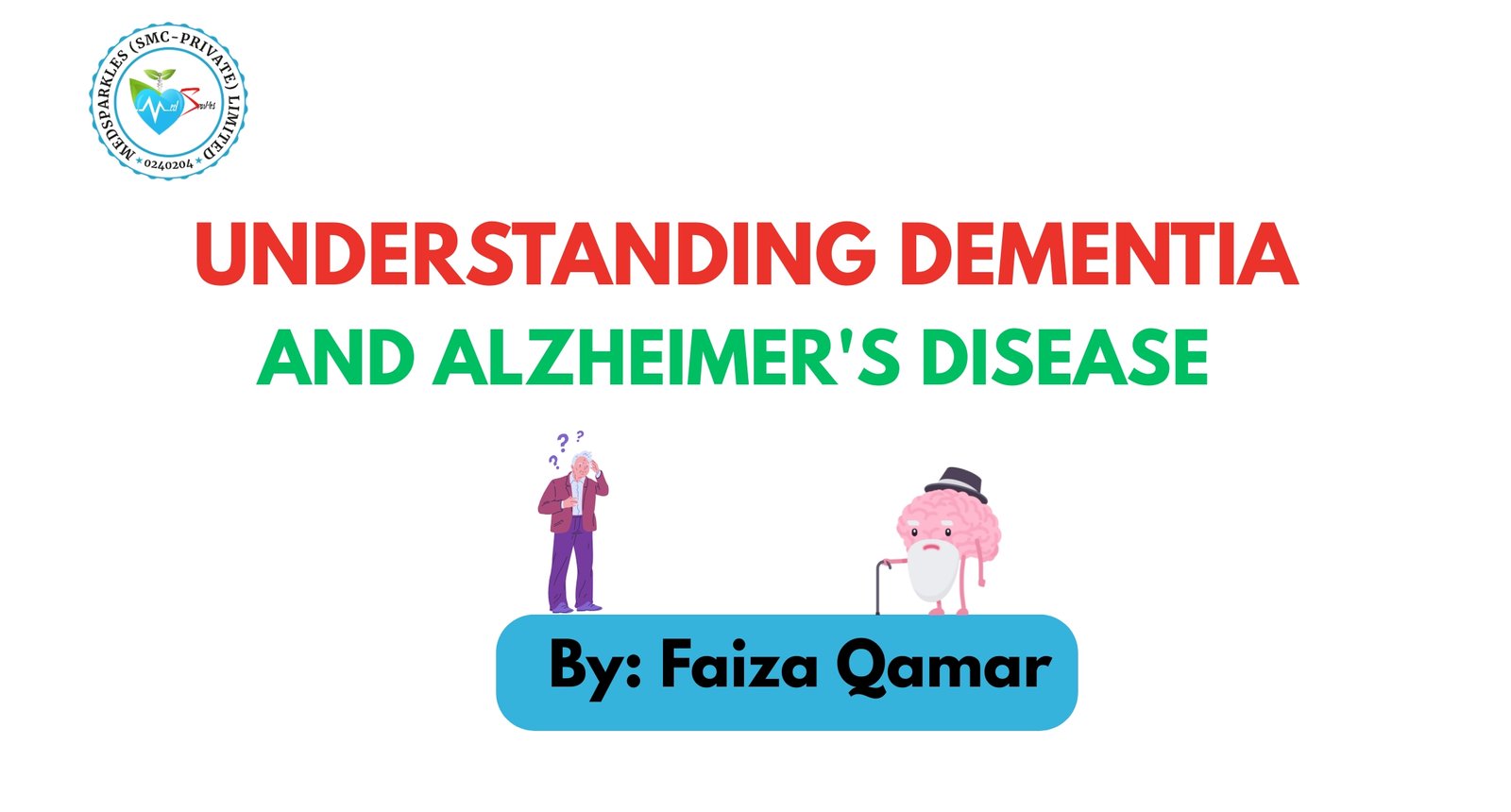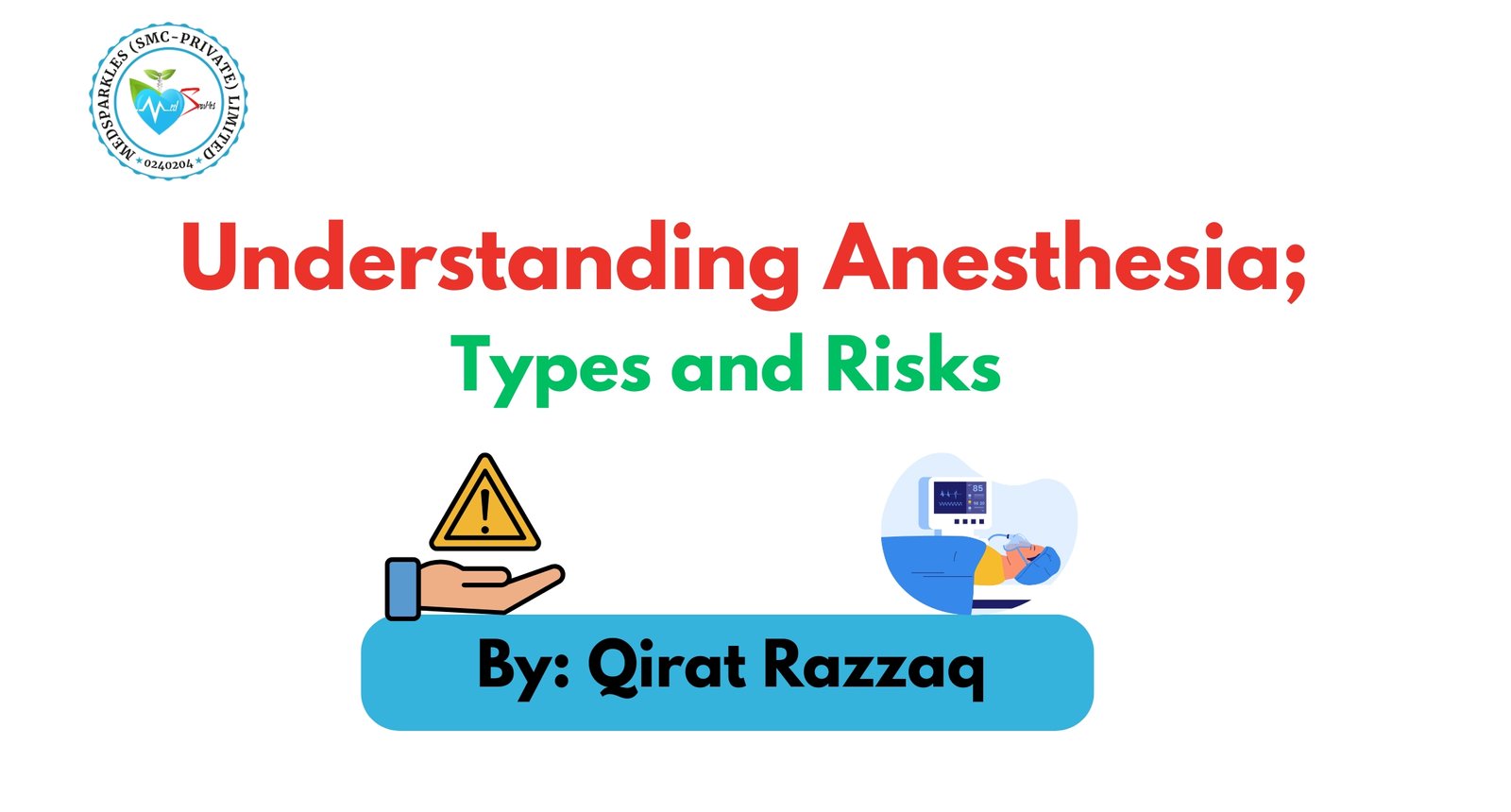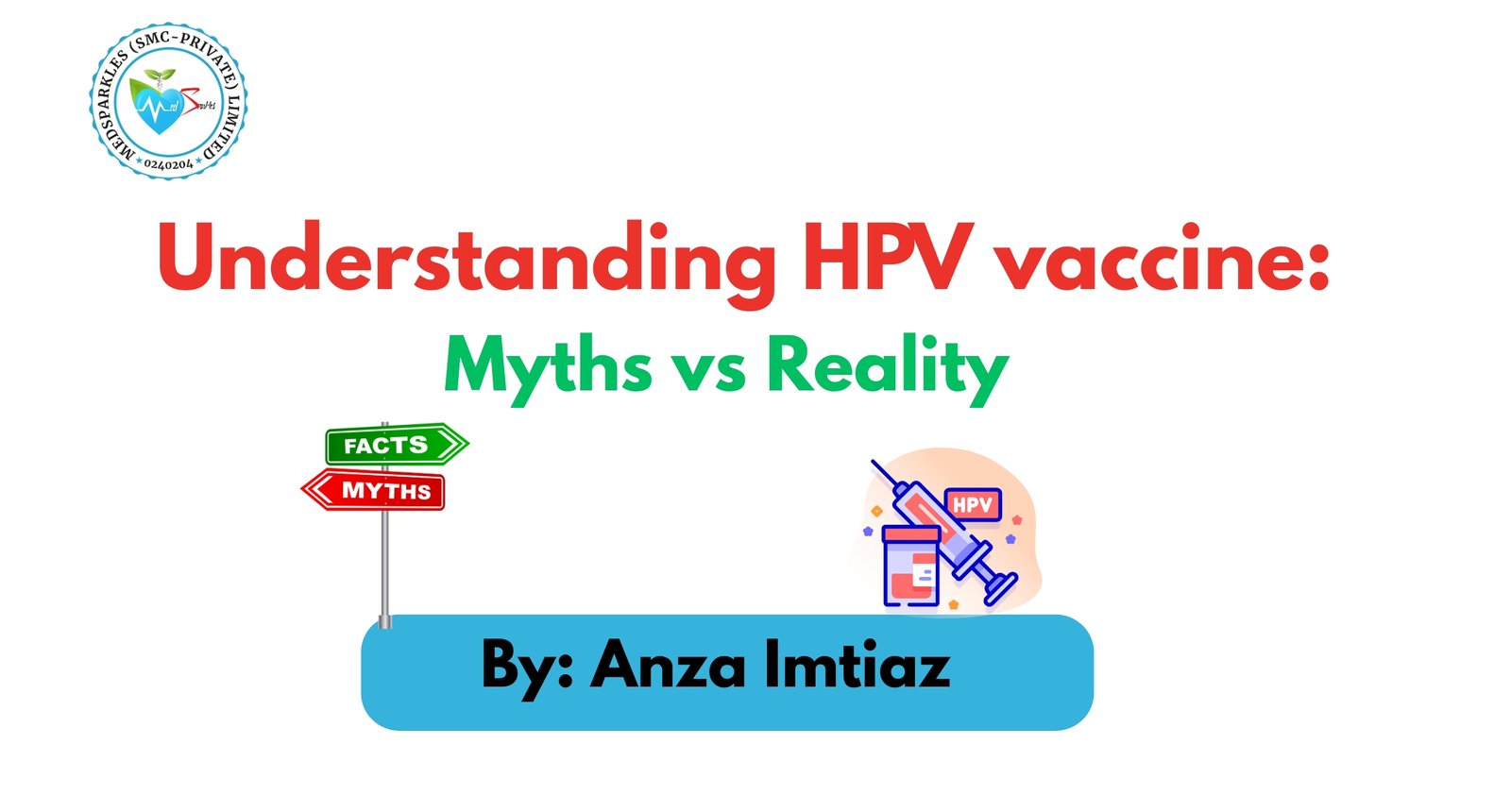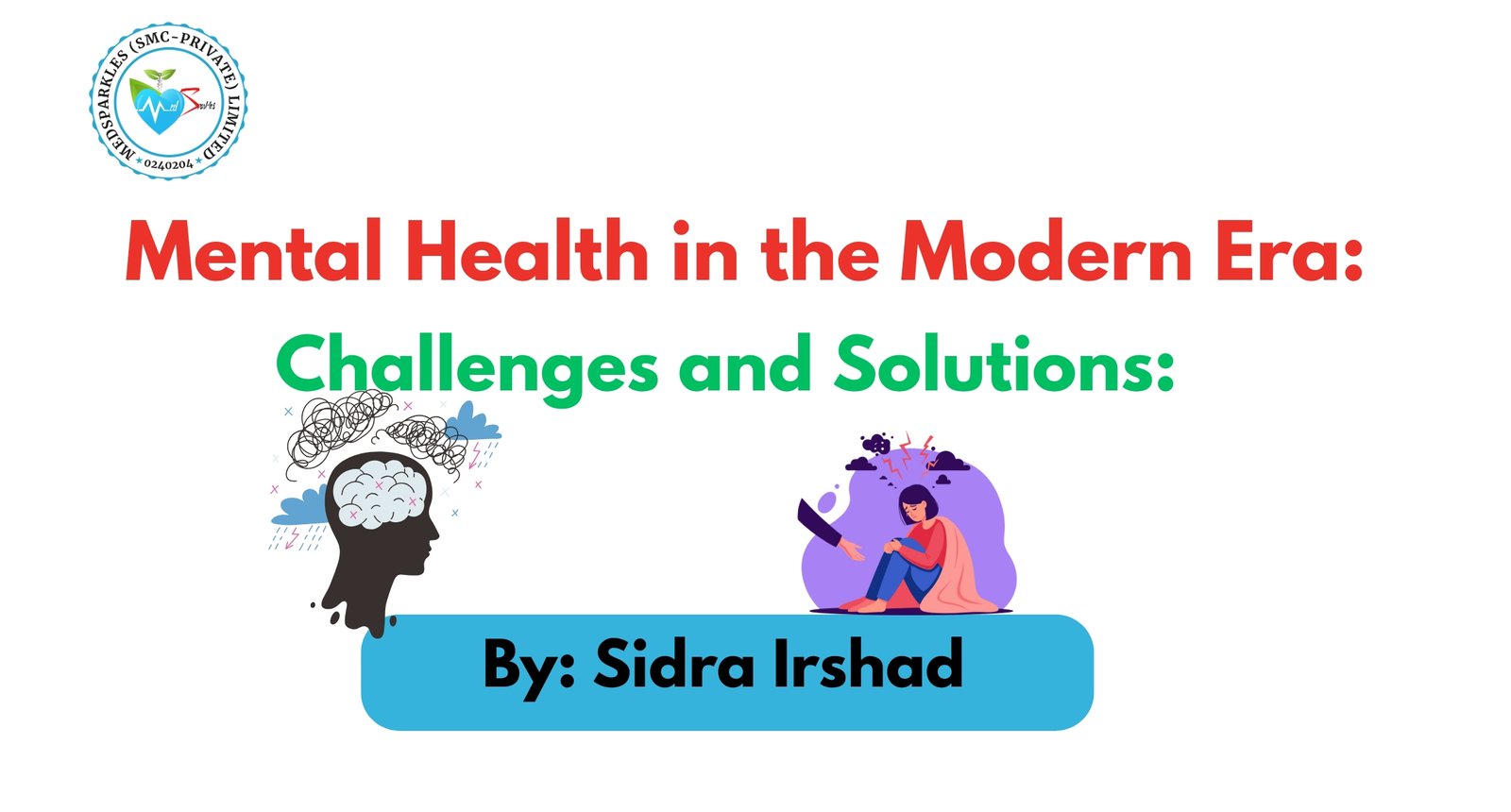
What is AUTISM?
Autism is a common neurodevelopmental disorder characterized by altered communication, reasoning, and behavioral patterns. Common features include:
• Lack of responsiveness
• Impaired communication skills
• Repetitive movements like tapping a foot, biting nails, or twirling hair and it is the body’s way of letting out nervous energy, like a stress signal on repeat.
• Difficultly manage social interactions but enjoy self-company.
• Unusual speech.
• Multiple studies have identified gastrointestinal (GI) dysfunction as a commonly overlooked issue in individuals with ASD, including symptoms such as diarrhea, constipation, bloating, and gas.
What do you mean by Gut Microbiome?
The gut microbiome is the term used for the mix of tiny bugs like bacteria, fungi that live in the gut of living body e-g lactobacillus, E.coli, Helicobacter pylori etc.
The human gut microbiome plays a crucial role in maintaining overall health, influencing various physiological processes, including digestion, immune function, and even brain behavior.
What is GUT-BRAIN AXIS?

The gut-brain axis is a two-way communication system between the gut and the brain, involving neural, hormonal, immune, and microbial pathways and through recent studies on gut brain axis, it has been recognized the gut forms a network of nerve cells that is called as enteric nervous system (ENS). The two nervous system, central and enteric are linked through each other by vagus nerve forming gut-brain axis. Our gut produces neurotransmitters (around 90%) that deals with our emotions like serotonin.
The human gut constitutes about 1 kg of favorable bacteria that are responsible for metabolites production, transportation and management of gut homeostasis.
Our intestines host beneficial bacteria that convert nutrients from our food into neurotransmitters that affect brain function. One of these is serotonin, which controls our mood and emotions.
A nutrient called tryptophan, present in eggs and meat, is a precursor of serotonin. And Bifidobacterium infantis, is a bacteria that turns
Tryptophan into serotonin. Another bacteria, Clostridium sporogenes, tryptophan into INDOLE-3- PROPIONIC ACID (IPA) that protects our brain and helps fight stress.
Instead, some bacteria like Clostridium bolteae and Clostridium tetani, can cause stomach problems and produces a toxin that can travel to the brain and mess with how brain cells commands and responsiveness. Indirectly disturbing behavioral patterns, and proving a link to Autism Spectrum Disorder (ASD) and on this basis scientists claims that the Clostridium tetani might be a clue for diagnosing ASD.
In early studies it has been seen that ASD patients go through frequent imbalance gut microbes some of them are given below:
• Bacteroidetes/Firmicutes decrease in abundance.
• Actinobacteria increase in abundance.
• Betaproteobacteria class increase in abundance.
• High levels of Lactobacillus, Ruminococcus, and Escherichia-Shigella species.
• Enterococcus species decrease.
• Certain decrease in the species of Coprococcus, Prevotella( indicator of irritable bowel syndrome) and unclassified Veillonellaceae

These microbial flora imbalance may results in the imbalance of ENTERIC NERVOUS SYSTEM (ENS) and production of neurotoxins (Clostridium tetani produces neurotoxin tetanus) and beta2 toxins that causes exacerbation of autistic symptoms mainly behavioral dysfunction through blocking the neurotransmitters by cleavage. It can be seen that the clostridium tetani can be serve as an indicator of ASD.
In other studies except bacterial changes gut fungal dysbiosis is also found, which can be well understood by the given chart of comparison between AUTISM patients and NON-AUTISM patients.
S. cerevisiae can influence immune responses by stimulating TLR ligands and boosting the production of TNF and IL-6, which are pro-inflammatory molecules. On the other hand, A. versicolor may help reduce inflammation by producing compounds with anti-inflammatory effects.
CAUSES OF AUTISM:
Following are some of the key causes of Autism concluded from the recent researches:
1) Genetic Factors
It can be genetic and according to searches it has been found that more than 100 genes are linked to autism. Even scientists also claimed that if one identical twin has autism, the other is very likely to have it too, which shows how important genetics are.
2) Prenatal Environmental Factors
Some infections during pregnancy, such as the flu, bacterial infections, or German measles (rubella), can increase the risk of autism in the developing fetus.
About 12% of mothers of children with AUTISM produce antibodies that may target fetal brain proteins, leading to impaired brain development.
3) Medications During Pregnancy
Some medications can increase the risk of autism while taking during pregnancy like Valproic Acid and SSRIs (antidepressants)
4) Environmental Toxicants
Environmental factors include the exposure to air pollution, heavy metals, pesticides etc.
5) Postnatal Factors
Postnatal stressors like social neglect or extreme emotional deprivation may contribute to autism-like behaviors but are not considered direct causes of ASD.
SYMPTOMS OF AUTISM:
•Camouflaging (a conscious or unconscious behavior)
•Hindrance in social communication and interactions.
•Always retain a sad mood.
•Unusual reactions to certain specific happenings like sound, feel, smell or an object.
•Language skills are compromised.
•Movement skills are also compromised.
•Learning and cognition is also under concerned.
- Hyper activeness, impulsiveness, and/or inattentiveness in behavior
- Facing another psychologic problems like epilepsy or seizures.
- Irregular eating and sleeping patterns.
- Gastrointestinal problems (for example, constipation, irritable bowel disease, abdominal pain etc.)
- Anxiety, depression, stress or severe emotional attachment.
- Extreme phobia or no phobia to relevant things.
DIAGNOSIS OF AUTISM:

Behavioral-Clinical Diagnosis: For diagnosis the guidelines of DSM-5TR should be followed. Diagnosis can be made through behavioral analysis for the presence of following symptoms or behavioral changes:
- Persistent restriction from social communication and interaction across multiple contexts.
- Restricted, repetitive patterns of behavior, interests, or activities Further Clinicians assess
- Detailed developmental, medical, and psychosocial histories.
- Direct observation of behavior in various settings.
- Standardized tools like the Autism Diagnostic Observation Schedule (ADOS)
These are the parameters that reflects the individual’s level of support needs, intellectual and language impairments, and associated medical or genetic conditions. Biological Marker: In the light of multiple researches on Autism it can be concluded that a significant differences in the ranges gut microbes of autistic individuals can be an indicator of Autism like Candida species.
Recent AI and Neuroimaging advancements have improved ASD diagnosis:
•MADE-for-ASD uses deep learning on fMRI data, reaching up to 96.4% accuracy.
•Fused Brain Connection Graph combines brain scans with graph neural networks to detect ASD-related brain connectivity.
•Explainable AI models identify ASD from fMRI data while highlighting key brain regions, aiding early and more insightful diagnosis.
TREATMENT:
Following are the treatments that should be followed to treat the autistic patients.
1. Behavioral therapy: Behavioral therapy this will be helpful for teaching good behaviors and eliminating the unwanted ones. Usually a common method is used for it that is Applied Behavior Analysis (ABA), which applies rewards to appreciate learning and it is of two types that includes
Discrete Trial Training (DTT), which breaks skills into small steps, and Pivotal Response Training (PRT), which teaches key skills in everyday settings.
- Developmental therapy:
Another treatment plan is developmental therapy which is applied to build skills like talking, moving, and doing everyday tasks in people with autism. The common method includes speech therapy, occupational therapy, and physical therapy. - Educational therapy: Educational treatments, like the Treatment and Education of Autistic and Related Communication-Handicapped Children TEACCH approach, help students with autism by using visual supports, clear routines, and structured classrooms to make learning easier and more consistent.
- Pharmacological therapy: There are no medications for the core treatment of autism, but some can help with related issues like anxiety, hyperactivity, or sleep problems. Medications should be carefully monitored to balance benefits and side effects and the medications that usually doctors prescribed are:
APRIPRAZOLE (ANTIPSYCHOTIC)
ESCTILOPRAM (ANTIDEPPRASSANT)
CLOMIPRAMINE (TCA)
PROBIOTICS (to alleviate GI SYMPTOMS) - Psychological therapy: Psychological therapies like Cognitive Behavioral Therapy (CBT) help with mental health issues such as anxiety or depression. CBT teaches people to understand and change negative thoughts and behaviors.
- Healthy Diet: Healthy prebiotic food usually accompanied with healthy gut with higher growth of probiotics, while food such as gluten/ casein-rich, refined sugars, artificial sweeteners and others show alteration of the gut microbiota composition, leading to inflamed or leaky gut with subsequent changes in the behavior profile through the microbiota-gut-brain axis.

CONCLUSION:
Autism is a complex neurodevelopmental condition marked by hurdles in communication, behavior, and social interaction. Growing research highlights the role of the gut-brain axis and microbial imbalances—especially involving bacteria like Clostridium tetani—in exacerbation of symptoms of Autism. Individuals with autism often experience gastrointestinal issues and changes in gut microbiota, which may contribute to behavioral and emotional disturbances.
Although no cure exists for ASD, various therapies such as behavioral, developmental, educational, pharmacological, and psychological can significantly improve quality of life and daily functioning. A multidisciplinary approach, including gut health awareness, remains key in managing symptoms and supporting individuals with autism effectively.
KEY TAKEAWAY:
This blog highlights the Importance of gut health in neurological and developmental conditions, potentially opening doors to innovative microbiome-based therapies for autism. Gut can be considered as the SECOND BRAIN as it is involved in multiple functions of brain through gut-brain axis. Gut health can be the indicator multiple brain issues.
FAQS:
- What is the gut microbiome?
The gut microbiome refers to the microorganisms like bacteria, viruses, and fungi resident in our gut.
2. How is the gut connected to the brain?
The gut and brain connected to each other through the gut-brain axis, a bidirectional system involving the nervous system, hormones, and immune signals. This connection allows gut microbes to influence mood, cognition, and behavior.
3. What is the link between the gut microbiome and autism?
Recent studies show that children with autism often have imbalanced gut microbiota and altered levels of metabolites or production of neurotoxins, which can affect the brain signaling and behavior.
4. Can improving gut health help with autism symptoms?
While research is ongoing, some studies suggest that probiotics, dietary changes, and fecal microbiota transplants (FMT) may improve gastrointestinal symptoms and behavior in some individuals with autism. 5. Can gut-targeted therapies replace behavioral or developmental interventions?
No. Gut-targeted therapies may support overall well-being but should never replace evidence-based behavioral, educational, and developmental therapies.
6. What’s the future of research in this area?
Scientists are exploring how personalized microbiome treatments might improve quality of life in autism. More large-scale clinical trials are needed to confirm which interventions are safe and effective.
Reference:
1. Alharthi, A., Alhazmi, S., Alburae, N., & Bahieldin, A. (2022). The human gut microbiome as a potential factor in autism spectrum disorder. International journal of molecular sciences, 23(3), 1363. 2. Chernikova, M. A., Flores, G. D., Kilroy, E., Labus, J. S., Mayer, E. A., & Aziz-Zadeh, L. (2021). The Brain-Gut-Microbiome System: Pathways and Implications for Autism Spectrum Disorder. Nutrients, 13(12), 4497. https://doi.org/10.3390/nu13124497
- Hodis B, Mughal S, Saadabadi A. Autism Spectrum Disorder. [Updated 2025 Jan 17]. In: StatPearls [Internet]. Treasure Island (FL): StatPearls Publishing; 2025 Jan-.
- Liu, X., Hasan, M. R., Gedeon, T., & Hossain, M. Z. (2024). MADE-for-ASD: A multi-atlas deep ensemble network for diagnosing Autism Spectrum Disorder. Computers in Biology and Medicine, 182, 109083. https://doi.org/10.1016/j.compbiomed.2024.109083 5. Pulikkan, J., Mazumder, A., & Grace, T. (2019). Role of the gut microbiome in autism spectrum disorders. Reviews on biomarker studies in psychiatric and neurodegenerative disorders, 253-269. 6. Taniya, M. A., Chung, H. J., Al Mamun, A., Alam, S., Aziz, M. A., Emon, N. U., & Xiao, J. (2022). Role of gut microbiome in autism spectrum disorder and its therapeutic regulation. Frontiers in cellular and infection microbiology, 12, 915701.

